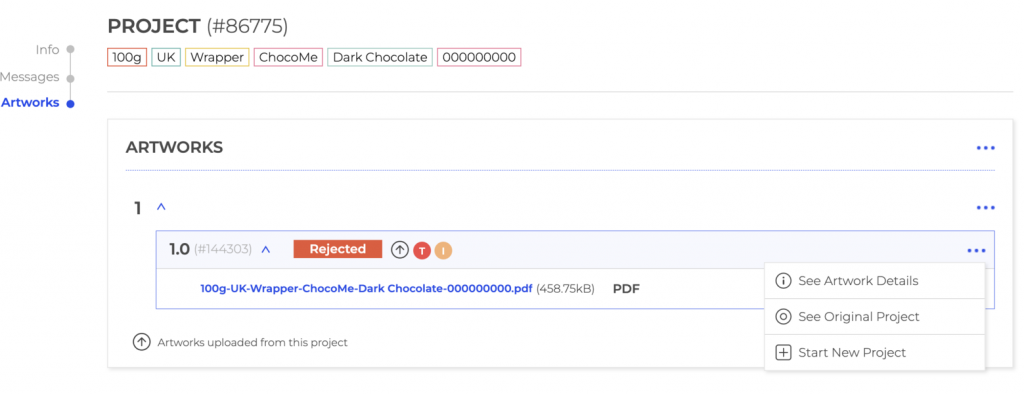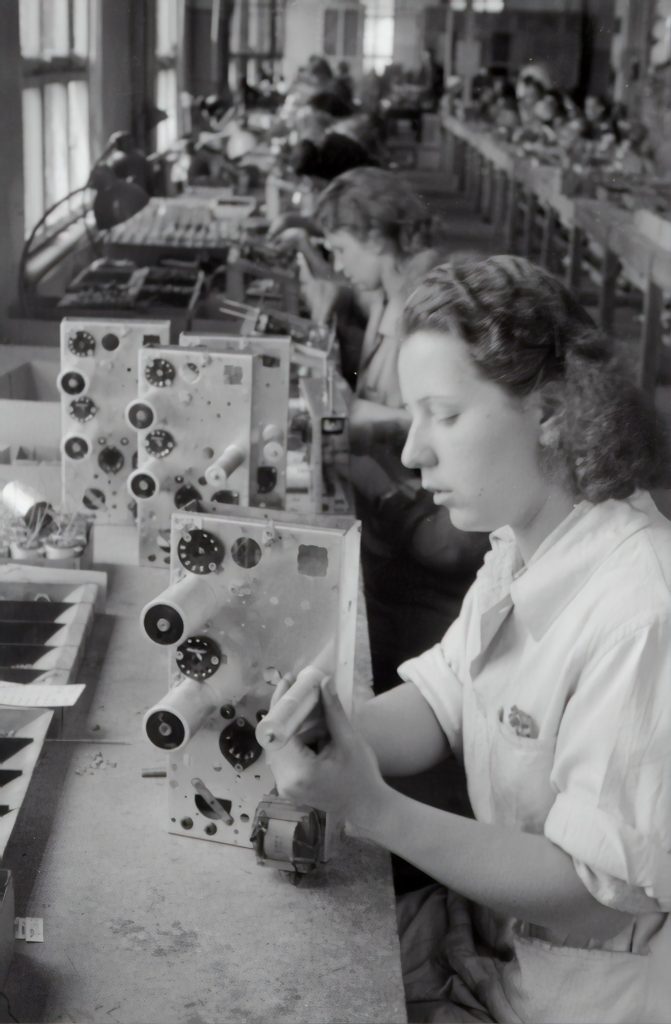
A few months ago, we were contacted by the marketing team of one of our Pharmaceutical clients to check if our solution could help them process their work, collaborate, and get approvals in a simpler manner than what they currently do. Our response was that yes, of course it can! You know why we know it? Because we use it ourselves!
In my role as Marketing manager, we use Twona to process our design deliverables. Like in many other companies with a small department, we used to handle everything through Slack/Google Chat or email, and store the files in drive. Since our type of work is very similar to what our clients are using for packaging designs, we also needed a better way to discuss things that are not lost in a myriad of chat messages, approvals of the work, and an organized archive of all the versions and easy tracking of the final approved one.
Using the system has proven a much better way to manage all this process.
- Everyone in the team has access to it, and can find the latest version of a logo, a linkedin graphic or a brochure. Our project structure and naming convention help with this, even if the file itself would be called something generic, it is easy to find it with the search functionality.
- We created a simple project workflow that fits our needs as a small team. Now, I get an overview of all the open projects, which ones are for review, or need attention, and can manage and rearrange the priorities better.
- There are clear deadlines and assignment of responsibilities.
- When the team is low on work, they can easily take older, less priority projects without these being forgotten, and without losing time.
- Everyone involved gets notifications when something comes their way, so either to take a look at the information before a briefing meeting/discussion, or to go review the uploaded designs.
- All communication related to a project and all files linked to it are in one place, so if we want to go back to something, it is always available.
- Creating new design requests based on earlier files is much faster now, without having to re-attach all files to an email or include links. Also we can hide attachments that are no longer relevant, avoiding risk of using the wrong information.
- We have no limitation on what to store so also high resolution and raw files can be included, in case someone else needs to work on those later.
- We are able to send files safely for review through the tool to external parties such as partners or printers, always knowing that we are choosing the right files.
- As we can leave annotations in the files, or attach other documents, the designers know what to change, and anyone (this is our choice) can access the feedback, so if a person is sick, someone else can take up the work without much of an issue as all the files are there, and all the notes/changes requested are also included in one place.
- We can review that all changes requested have been made, or that the printer has not introduced anything strange when sending the final print proof, by using the native comparison tool.
Moreover, the team is happy with using Twona AMS for our own marketing projects, and it was a quick and simple transition for us.
We have made small adjustments as we progressed and introduced different types of projects, to be able to put projects on hold, or make material available for our partners, amongst others.
If you are considering a more organized way to manage your communication and collaboration around marketing projects, check out Twona and see if it can be of help for your team too!

Marketing




